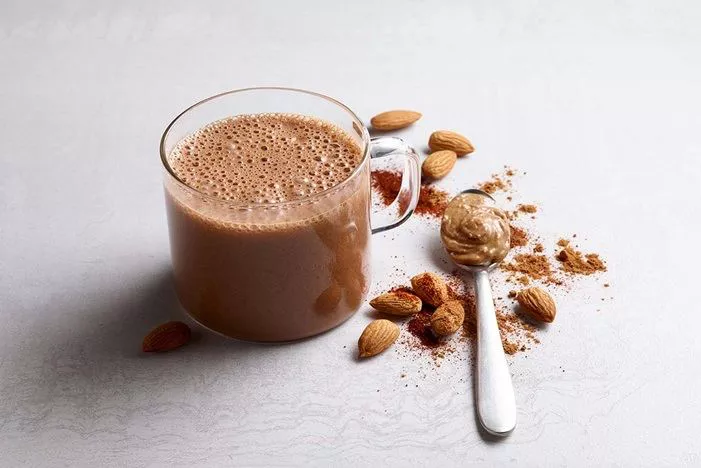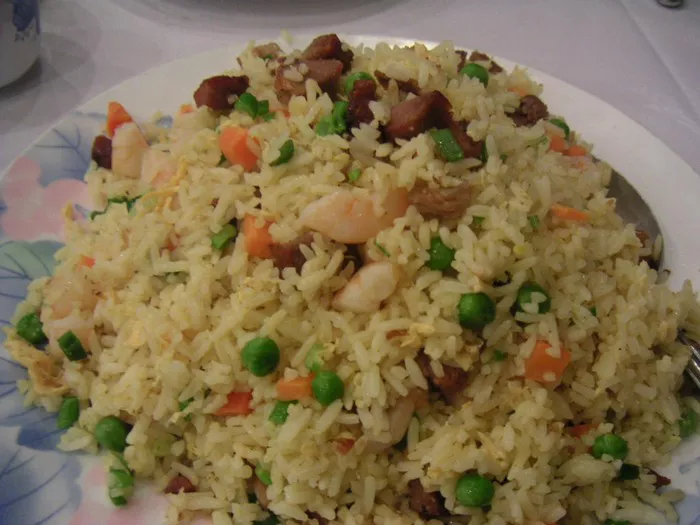Fig pudding, a classic dessert with a rich history, is a timeless treat that brings warmth and nostalgia to the table. With its roots dating back to the 15th century, fig pudding has delighted generations with its sweet, fruity flavor and moist, cake-like texture. In this comprehensive guide, we will walk you through the art of making a delicious fig pudding that’s sure to become a cherished addition to your family’s holiday traditions or a delightful dessert for any occasion.
I. The Essence of Fig Pudding
Before diving into the intricacies of creating a fig pudding, it’s important to understand the essence of this delightful dessert.
Fig pudding is a classic English dessert traditionally enjoyed during the holiday season, especially on Christmas. It consists of dried figs, breadcrumbs, suet (animal fat), and an array of spices, all bound together with eggs. While the classic recipe uses suet, we’ll provide a modern twist that uses vegetarian or vegan-friendly alternatives for those who prefer not to use animal fat.
II. Essential Ingredients
A. Dried Figs
At the heart of fig pudding are dried figs. Choose high-quality dried figs for the best flavor and texture. They add a natural sweetness and delightful chewiness to the pudding.
B. Bread or Breadcrumbs
Breadcrumbs or cubed stale bread are essential for binding the pudding. They also contribute to its unique texture.
C. Suet or Suet Substitute
Traditionally, suet, which is a hard fat found around the kidneys of cattle or sheep, is used in fig pudding. However, for a vegetarian or vegan-friendly version, you can use vegetable suet, coconut oil, or a non-dairy margarine.
D. Sugar
Granulated sugar adds sweetness to the pudding, enhancing its overall flavor.
E. Eggs or Egg Substitute
Eggs are used to bind the ingredients and provide structure to the pudding. For a vegan version, you can use egg substitutes like flax eggs or commercial egg replacers.
F. Spices
Fig pudding is infused with warm, aromatic spices that elevate its flavor. Common spices include ground cinnamon, nutmeg, allspice, and cloves.
G. Flour
All-purpose flour helps give structure to the pudding, allowing it to set as it bakes.
H. Brandy or Juice
A small amount of brandy or fruit juice, such as orange juice, adds a delightful depth of flavor to the pudding. It’s optional but highly recommended.
III. The Traditional Method
A. Preparation
Start by thoroughly chopping the dried figs into small pieces, removing any hard stems. The figs should be around the size of raisins.
Grate the suet or prepare your suet substitute by grating or chopping it into small pieces.
In a large mixing bowl, combine the chopped figs, breadcrumbs, grated suet or suet substitute, granulated sugar, and the array of spices. Mix them together until well combined.
B. Binding the Pudding
In a separate bowl, beat the eggs or prepare your egg substitute. Gradually incorporate them into the dry mixture. Stir well until all the ingredients are moistened and well combined.
Gradually add the flour to the mixture, continuing to stir until the mixture thickens and becomes a sticky, dough-like consistency.
C. Flavor Enhancement
If you’re using brandy, add it to the mixture. The brandy adds a layer of complexity and richness to the pudding’s flavor.
Stir everything together one final time, ensuring an even distribution of ingredients.
D. Preparing the Pudding Bowl
Grease a pudding basin or heatproof bowl. The size of the bowl will depend on the quantity of pudding you are preparing.
Place a round piece of parchment paper at the bottom of the greased bowl to prevent sticking.
E. Filling the Bowl
Carefully spoon the fig pudding mixture into the greased and lined bowl. Press it down gently to ensure there are no air pockets, leaving a small gap at the top for the pudding to expand as it cooks.
F. Steaming the Pudding
Cover the bowl with a double layer of greased parchment paper, followed by a layer of aluminum foil. Secure them in place with kitchen twine or a rubber band.
Place the covered bowl in a large pot or a steamer. Add enough water to the pot to reach halfway up the side of the pudding basin.
Cover the pot and steam the fig pudding on low heat for several hours. The duration will vary based on the size of your pudding, but it typically takes 4-5 hours.
Ensure the water level is maintained, adding more boiling water as needed.
G. Cooling and Storing
Once the pudding is done, carefully remove it from the pot and let it cool in the bowl.
After it has cooled, store the fig pudding in a cool, dry place until you’re ready to serve it. This allows the flavors to mature and intensify.
H. Serving
To serve, reheat the pudding by steaming it for an additional 2 hours. This ensures the pudding is warm and thoroughly heated.
Turn the pudding out onto a plate or serving platter and garnish with your choice of custard, brandy butter, or cream.
IV. A Modern Twist: Vegan-Friendly Fig Pudding
For those who prefer to enjoy a plant-based version of fig pudding, follow these adaptations to the traditional recipe:
A. Suet Substitute
Replace suet with vegetable suet, coconut oil, or a non-dairy margarine. These alternatives provide the necessary fat content while keeping the pudding vegan-friendly.
B. Egg Substitute
For an egg substitute, use flax eggs or a commercial egg replacer. These provide binding properties similar to traditional eggs.
C. Preparation
Follow the same preparation and cooking steps as the traditional method, substituting with the vegan-friendly alternatives mentioned above.
V. Serving and Garnishes
Whether you’re making a classic fig pudding or a modern vegan version, serving and garnishing options abound. Here are some delightful suggestions:
A. Custard
Warm, velvety custard is a traditional accompaniment for fig pudding. It adds a creamy, indulgent touch to the dessert.
B. Brandy Butter
A dollop of brandy butter is another classic choice. The buttery richness and brandy flavor complement the sweetness of the pudding.
C. Cream
Whipped cream, whether dairy-based or a non-dairy alternative, is a simple yet elegant garnish for fig pudding.
D. Ice Cream
Serve your fig pudding with a scoop of vanilla or cinnamon ice cream for a delightful contrast in temperature and texture.
E. Fresh Figs
Top your fig pudding with fresh figs or fig compote for an extra burst of fruity flavor.
VI. Conclusion
Fig pudding, a beloved dessert with a rich history, is a cherished part of English culinary tradition. Whether you choose to follow the classic recipe or opt for a vegan-friendly twist, the art of making fig pudding is a delightful culinary journey. The rich, sweet flavor of dried figs, combined with a medley of spices, creates a dessert that is both comforting and celebratory.

























